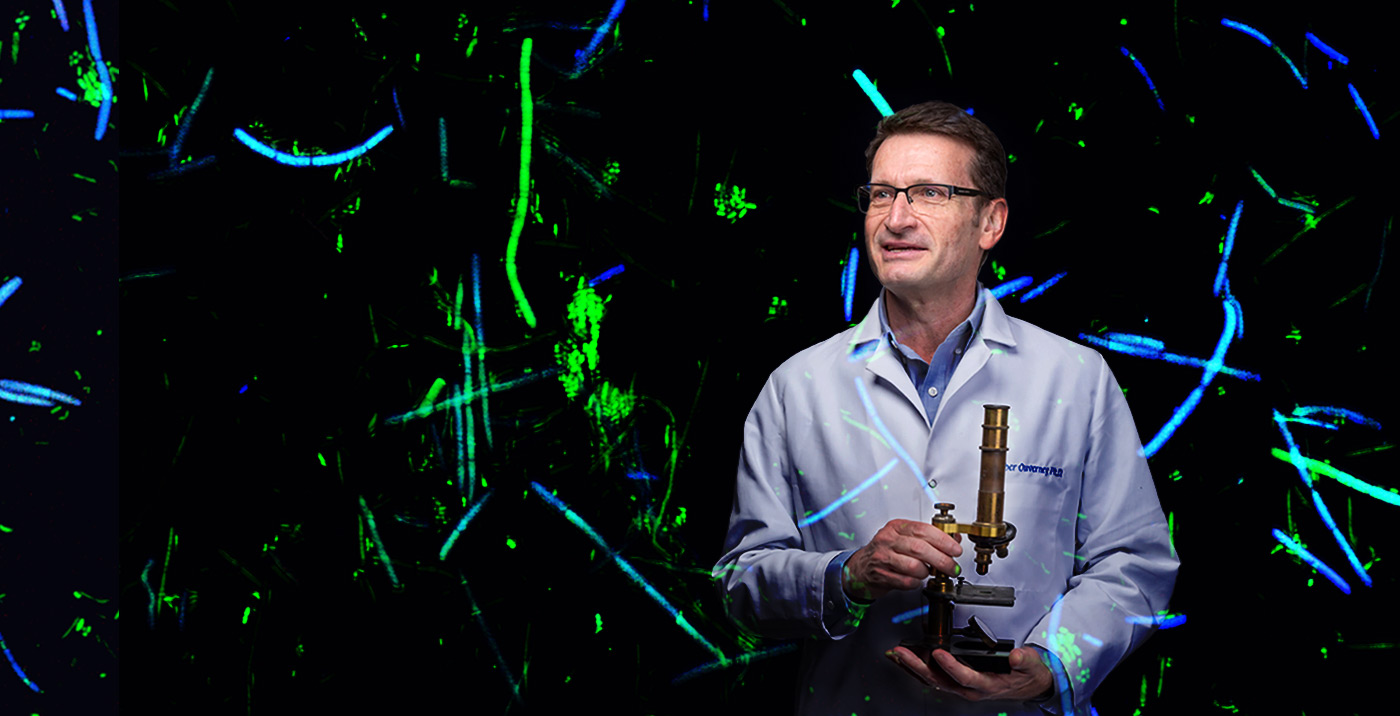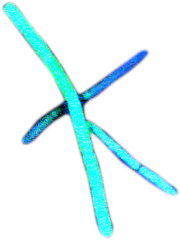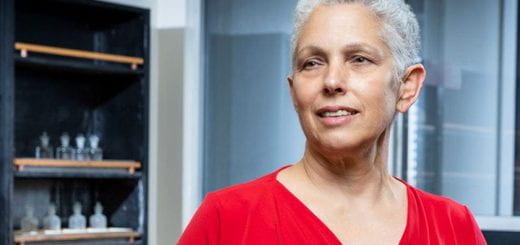One Washington Square: One Big (Micro)Biome

Fluorescence Confocal Microscopy by Cleber Ouverney

A galaxy of clustered cells, magnified thousands of times under the microscope, tells a story of human existence. Small but mighty, bacteria adapt to the human body and protect it against invading pathogens. “Each individual has what we call a microbiome, which is this conglomerate of all the microbes on and in the body specific to you,” says Microbiology Professor Cleber Ouverney. By breaking down the fundamental elements that make up bacteria, scientists can map out potential links to common health problems. The Ouverney lab, in collaboration with Stanford University, has identified the genome sequence of TM7 (shown in blue), a group of uncultured and recently discovered bacteria linked to oral diseases. The exchange of bacteria coming in and out of the body can sometimes influence the way a person feels, acts and grows. “The microbiome worldwide is all somewhat interconnected,” says Ouverney. “If you think about it, we’re all just one big biome.”
![]()
Read about the year Ouverney spent in the Amazon.



